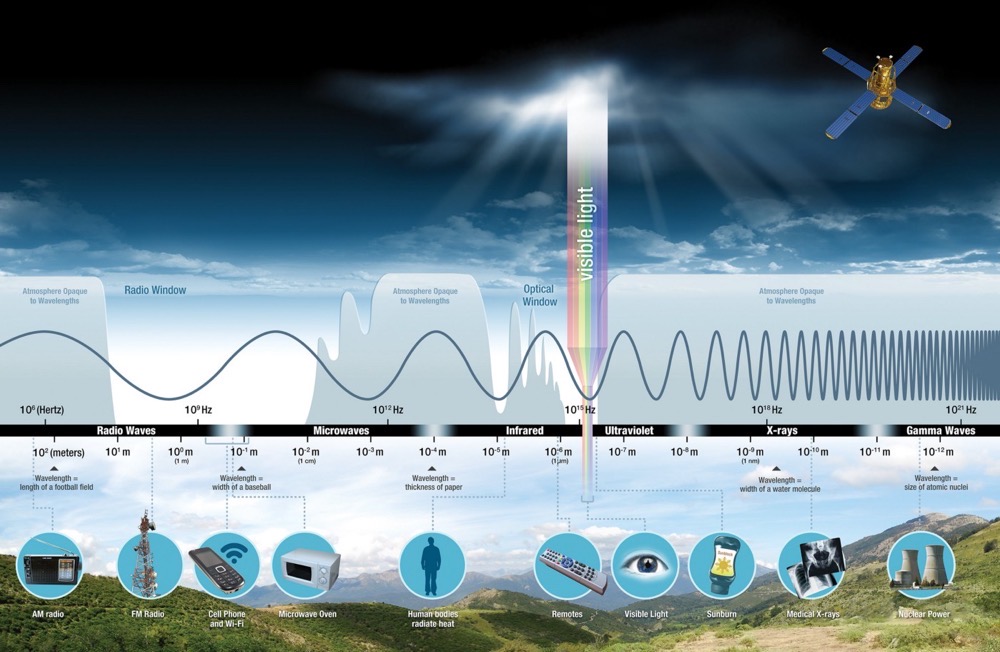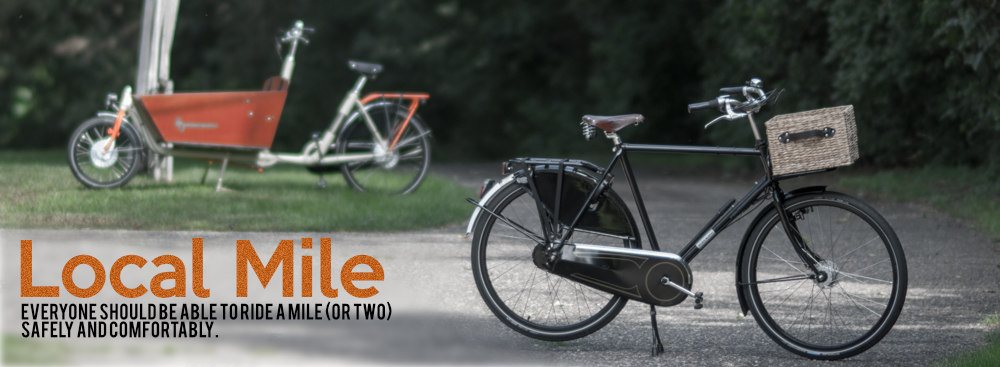IR vs Sauna
First, while both are forms of sweat bathing, IR Booths are not Sauna. This despite the misappropriation of the name by IR marketing people trying to piggyback on sauna and mislead consumers. There are some outward similarities but fundamentally they are quite different.
A sauna is a room heated by stones upon which water is thrown to create steam and control the humidity. This steam, along with pure fresh air, and even convective heat around your entire body result in the löyly (good sauna environment) that sauna is known for.
IR booths do not have the capability of löyly:
- IR booths are radiant heat, not convective heat. A sauna is just the opposite, it’s about convective heat, not radiant heat. These two types of heat are very different.
- IR booths do not have stones nor do you throw water on imaginary stones to create steam.
Sauna and IR booths are however somewhat similar on a surface level. In both you are in an enclosed space, your body is being heated and you should sweat. Both frequently have walls, ceilings and benches of wood. That though is about it for similarities.
The experience between IR and sauna is quite different, how our bodies react is different and the health benefits are different.
Heat – In a sauna your experience is primarily that of convection heat while in an IR cabin you are heated by radiant heat. Good sauna builders try to reduce radiant heat as much as possible.
Löyly – In a sauna you throw water on the stones to temporarily (except in American saunas with poor ventilation) increase the humidity and experience löyly. Repeated every few minutes provides an experience of humid/dry/humid/dry/humid/dry that is very enjoyable, comforting and healthy (similar to hot/cold/hot/cold/hot/cold being both comforting and likely the primary health benefit). Löyly is a core element of sauna and something that you don’t have in an IR cabin.
Dry vs Humid – An IR cabin is a very dry heat. Sauna is naturally dry but throwing water on the stones creates a more humid environment (though not as humid as a Steam Room). There are also bio-saunas that have a moderately high constant humidity.
Evenness – Your body experiences more even convective warmth all around in sauna (again, Finnish sauna, as many American saunas are extremely uneven) vs IR that is much less even and often only on 3 sides. Many of the health benefits of sauna such as improved immunity and cardiovascular system as well as the enjoyment are from the cycling of hot/cold/hot/cold/hot/cold – contrast therapy. This is not as possible nor as comfortable with IR because with IR the heat is only skin deep and always dry.
Full Body vs Skin Deep – In a sauna you are breathing much warmer and more humid air so your respiratory system is experiencing something similar to the rest of your body – you’re more even inside and outside. In an IR cabin your skin is experiencing much greater warmth than your respiratory system.
Core Body Temperature – A good traditional sauna appears to provide a target increase of 1.2 – 1.8°c in ≈10-15 minutes while an IR cabin likely takes considerably longer (see note below on UCSF study).
Space – An IR booth is by necessity quite small as you need to be near the IR panels to get any benefit. Saunas are generally much larger and can be as large as you want.
Social vs Solitary – Sauna is as much a social experience as anything. It is meant to be enjoyed with others. IR cabins are by necessity solitary – you need to be surrounded by the IR panels which prevents you from being surrounded by family or friends.
Enjoyment? – I’ve never met anyone who’s tried both and didn’t prefer a real sauna. That said, if space and power are issues that prevent having a real sauna and you’ve tried and enjoy IR, then it may be a good option.
Health
(Last updated April 2024)
The differences in health benefits between sauna and IR are largely unknown. While there is good proven information on sauna, there is little proven for IR cabins. Some info on NIR and FIR medical treatments is appropriated for marketing IR cabins but it’s not necessarily the same so be cautious of these claims.
My guess is there’s a bit of overlap of a few benefits and then a few that are exclusive to one or the other but we don’t really know. Since hot/cold contrast and dry/humid contrast are thought critical for many of the benefits with sauna, this would eliminate or reduce these benefits for IR cabins.
One studied benefit is using FIR (not NIR) for Waon Therapy to improve respiratory function for people with COPD. This so far is the most promising though it’s still unproven.
My guess is that IR would be able to reduce surface/epidermis toxins such as smoke or paint since these require simple sweating.
A study from UCSF used IR domes to induce an increase in Core Body Temperature of 1.5°c to aid in treatment of depression. The results were quite positive for both the increase in core body temperature aiding in reduction of depressive symptoms and for an IR cabin of sorts inducing that increase. One important note – it took considerable time, sometimes as long as 2 hours, to achieve the 1.5°c increase in CBT. Based on tests and calculations, this increase would likely be achieved in a good traditional sauna in ≈12-20 minutes (or in a typical American gym sauna in 30-60 minutes).
Other health benefits are being studied so as time goes on we’ll know more. There’s been a lot of speculation and maybe’s but nothing has yet proven out that I’ve been able to find. As with sauna, any claims of weight loss or sweating out toxins (other than those that enter through the skin and remain near the surface) is at best misleading and in reality is lying. There is also speculation among urologists that the sweating induced by IR reduces the amount of urine and the amount of toxins in the urine and so actually harms the natural excretion of toxins rather than helps. Again, this is speculation and needs further study.
IR Cabin vs Finnish Sauna vs American Sauna
There is a much greater difference between a Finnish sauna vs IR than a typical American sauna vs IR. An American sauna with poor ventilation, low ceiling, low benches, seating too close to the heater and in particular if it has a heavy steel high radiant stove is, from an enjoyment standpoint, not much different than IR. A proper Finnish Sauna is, for most people, much more enjoyable.
Combi Units
Some vendors sell combination IR and Sauna units. From an IR standpoint these likely work just as well as any IR Booth/Cabin. The sauna experience is quite compromised though. One problem is that the IR panels reduce the amount of exposed wood surface in the sauna which reduces the hygrothermic benefit of soft wood. These panels also produce direct radiant heat, even when turned off, when heated by the sauna heater. This is uncomfortable and results in uneven heating both of which we want to avoid in a sauna.
Is EMF A Concern?
Every heat source (and really everything) in the world emits EMF, including every light bulb and every surface in your home. And each of us. And sauna heaters. Here’s an image of the EMF spectrum. IR is just to the left of visible light.

Whether the EMF emitted in an IR booth is harmful or not we kind of really don’t know as we’re still learning about physiology and how our bodies and the world around us interact. Personally I’d have few concerns using an IR booth a few times a year. Similar to getting x-rays though, I’d not do it weekly or daily, though for IR I’ve no solid data to say why. I might be more concerned about an induction range than an IR booth though.
